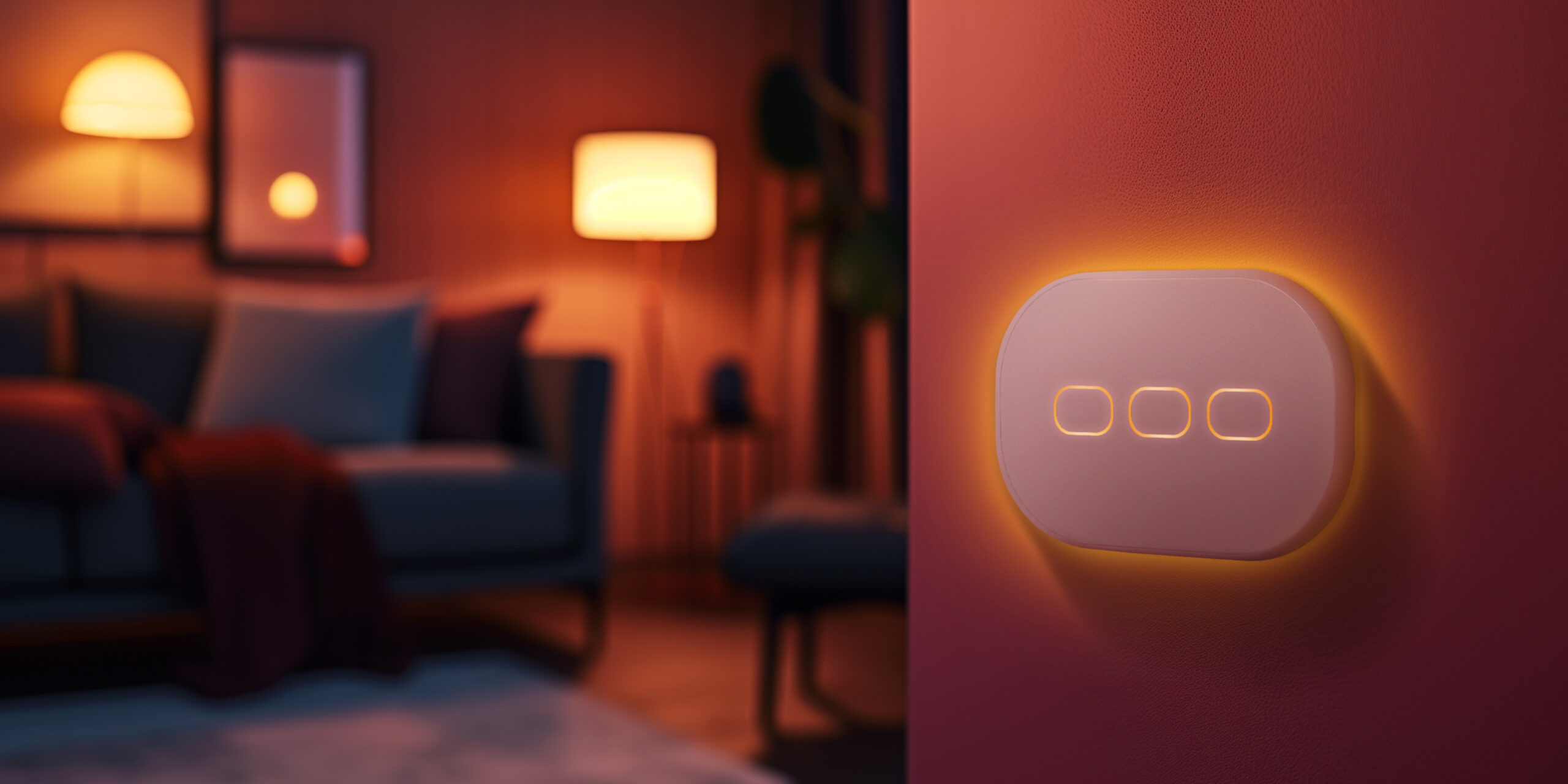
In the Apple Home ecosystem, scenes and automations represent two fundamentally different approaches to home automation control, each with its own characteristics and optimal use cases. While both allow for orchestrating multiple devices, they differ significantly in their activation philosophy and how they integrate into the daily flow of the household.
Scenes: controlled orchestration
Scenes in Apple Home allow you to capture specific states of the home environment into configurations that can be instantly recalled. This paradigm is particularly effective in designing dynamic environments where different moments of the day or activities require distinct atmospheres.
Scenes are configurations that enable control over multiple accessories simultaneously. For instance, you can create a scene called “Good Night” that turns off all the lights and locks the front door with a single command. Scenes can be activated manually through the Home app, via voice commands to Siri, or with a convenient button on a smart switch like WiOO.
The most interesting aspect of scenes is their ability to act as “building blocks” for crafting more complex home experiences. A designer can use them as foundational elements to create layered interactions, where each scene is not just a collection of device states but a true spatial definition of the environment.
Automations: environmental intelligence
Automations, on the other hand, embody environmental intelligence: conditional rules that transform the home into a responsive and context-aware system. Unlike scenes, which require explicit input, automations operate in the background, reacting to environmental, temporal, or behavioral triggers.
They are designed to activate scenes or individual accessories based on specific conditions, such as the time of day, the user’s location, or sensor detection. For example, you can set up an automation that activates the “I’m Home” scene when a family member enters the house.
The true power of automations emerges when they are orchestrated into complex systems of interdependent rules. An automation can trigger a specific scene in response to environmental conditions, creating a multi-layered system that combines automatic responsiveness with predefined states. This enables an environment that seamlessly adapts to the residents’ needs while maintaining a level of predictability and control.
Integrated design
The real potential of these tools becomes evident when they are not seen as isolated elements but as complementary parts of an integrated system. An effective approach to home automation design involves an intelligent layering of scenes and automations, where specific environmental configurations are defined through scenes, while transitions between these configurations are managed by automations. This creates a fluid control hierarchy that balances manual intervention with automatic adaptation.
The distinction between scenes and automations in Apple Home is not just a matter of operational mechanics but reflects two different philosophies of interaction with the living space. While scenes represent explicit control and direct customization, automations embody the ideal of an environment that autonomously adapts to the needs of its inhabitants. The real art lies in balancing these two approaches to create spaces that are both responsive and predictable, as well as automated yet controllable.
